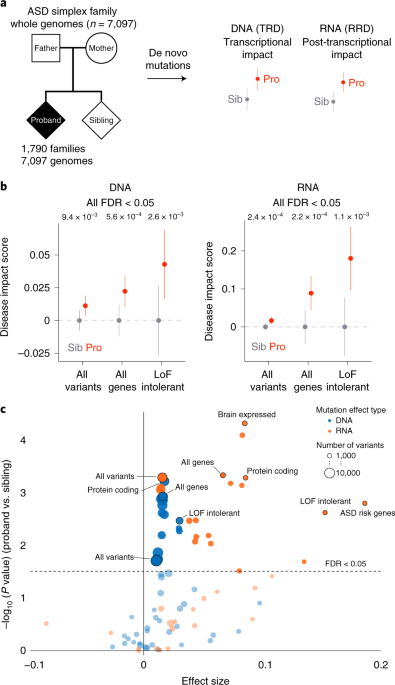
Neurodevelopmental condition can result from mutations in the noncoding regions of the human genome, research shows. Leveraging artificial intelligence techniques, researchers have demonstrated that mutations in so-called ‘junk’ DNA can cause autism. The study, published May 27 in Nature Genetics, is the first to functionally link such mutations to the neurodevelopmental condition.
The research was led by Olga Troyanskaya in collaboration with Robert Darnell. Troyanskaya is deputy director for genomics at the Flatiron Institute’s Center for Computational Biology (CCB) in New York City and a professor of computer science at Princeton University...
Read More








Recent Comments